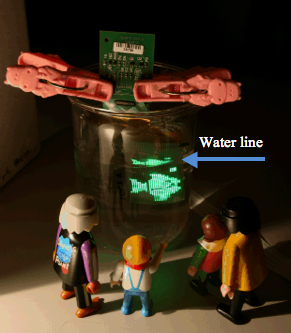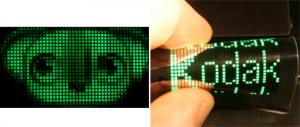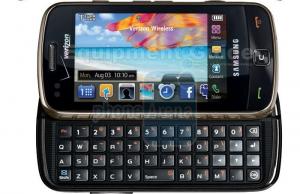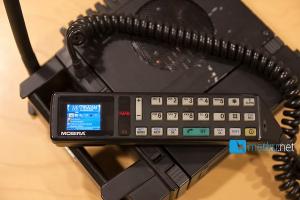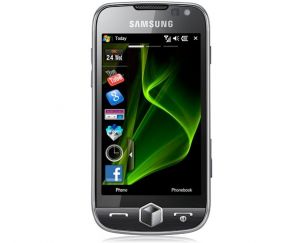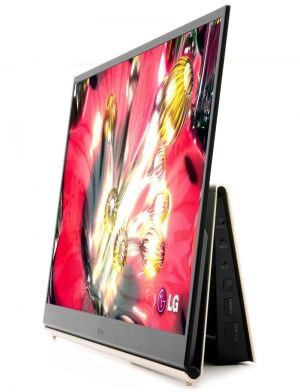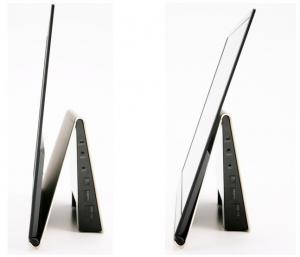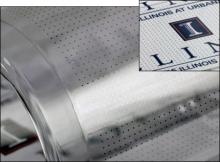Comboled project developed an efficient transparent white OLED
The CombOLED project together with CEA-LETI (a French research laboratory) has developed an efficient transparent white OLED. The Small-Molecule OLED has a 5 x 5 cm2 active emitting area, which is deposited using thermal evaporation and encapsulated using ultra-thin layers.
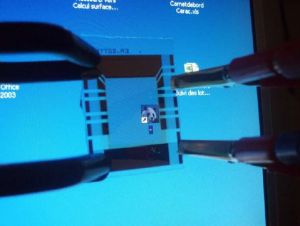
The OLED is 65% - 70% transparent, and emits light from both sides (bottom and top emission). The white luminance reaches 1000Cd.m² at 4 and 4.6 volts for bottom and top emission, respectively. The white OLED efficacy are respectively 11Lm/W and 3Lm/W at 1000Cd.m² for bottom and top emission, which leads to an overall efficiency of 14Lm/W. In this case the color coordinates are (0.40, 0.42) and (0.35, 0.42). When they create the same color for both sides, the efficiency is 10Lm/W and it's only 65% transparent.
The researchers are still working on greater efficiency and improvement of the permeation properties of the thin encapsulation layers.
UPDATE: Here's a video clip of the CombOLED transparent white OLED panel.


